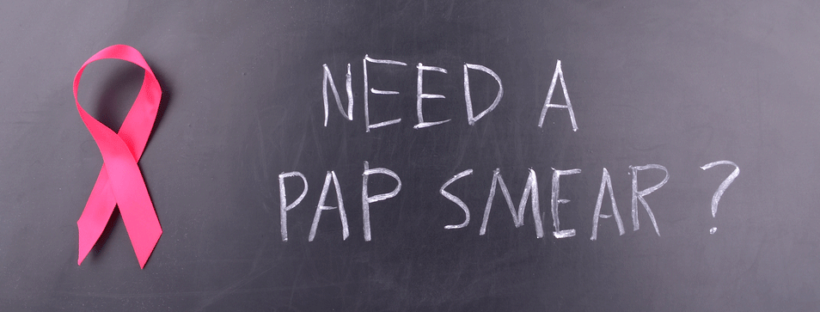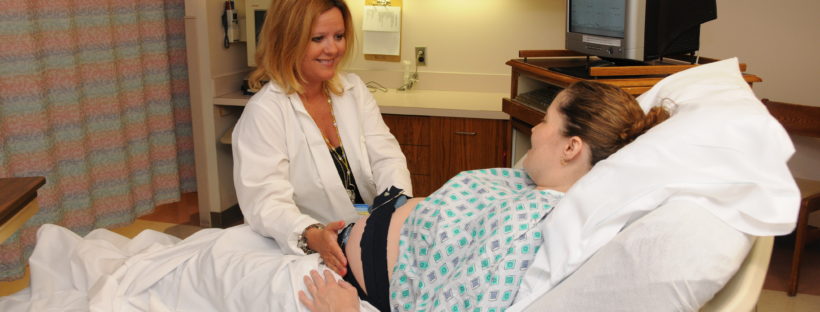by, Julie Vasher, DNP, RNC-OB, CNS, C-EFM
Clinical Implementation Lead at the California Maternity Quality Care Collaborative at Stanford University
Janine is a 27-year-old African American woman who gave birth to her second baby without complications ten days ago. She came into the emergency room with complaints of cough and extreme tiredness. She attributes the fatigue to her new baby’s sleep schedule. She spoke in bursts because she appeared to be short of breath. Her vital signs are: blood pressure 120/60; heart rate 112 bpm; afebrile; respiratory rate 28 with an oxygen saturation of 94%; and she is considered obese (BMI 36). She has continued swelling in her feet. She is given antibiotics, steroids and breathing treatments. She feels better and is discharged home. A week later she returns to her physician with continued and worsening symptoms. The physician changes her antibiotic for an upper respiratory infection and suggests future testing for asthma. A few days later, the patient experiences cardiac arrest at home and resuscitative attempts are not successful. Autopsy findings indicate she died from cardiomyopathy. (A composite case study representative of several PPCM cases found online)
Women are entering pregnancy with more chronic disease like hypertension, diabetes, and obesity. (CDC). Cardiovascular disease (CVD) is the leading cause of death for women during pregnancy and the postpartum period (Hameed, Lawton, McCain et al., 2015). Peripartum cardiomyopathy (PPCM) is an unusual disorder occurring in pregnancy that causes the heart to dilate and weaken, leading to symptoms of heart failure. Continue reading










